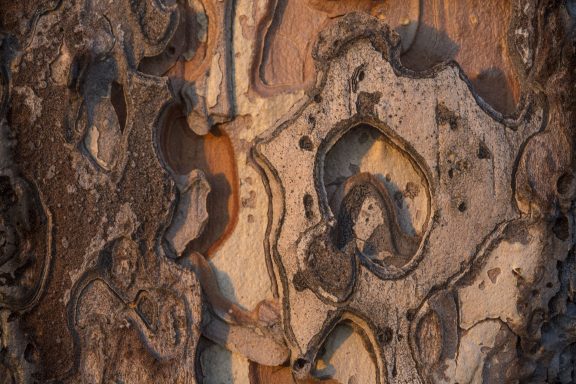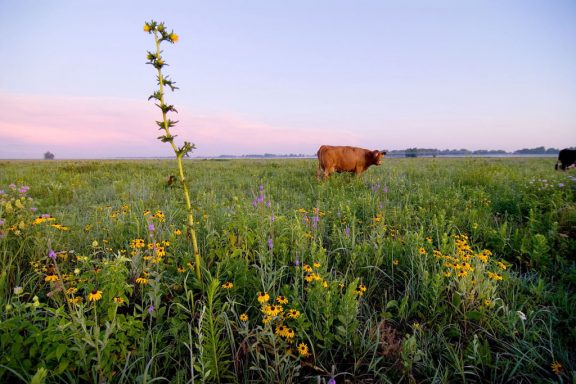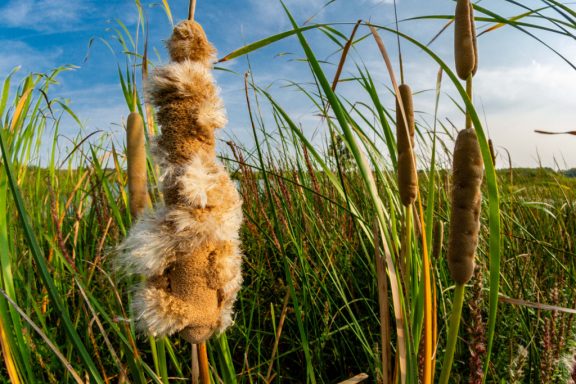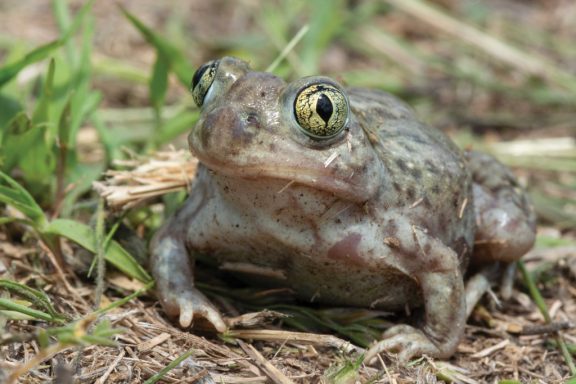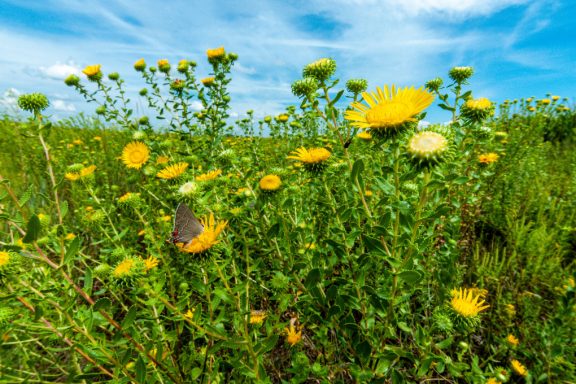Do you see the woodpecker chick peering out of its hole? Photo by Chris Helzer. Photos and story by Chris Helzer You’ve probably gazed at clouds and seen familiar objects…
Search Results for "chris helzer"
Our Family Prairie
Dotted gayfeather (Liatris punctata) in the Helzer family prairie south of Aurora, Nebraska. Photo by Chris Helzer. By Chris Helzer Back in 1960, my grandpa bought 160 acres of farm…
Building Resilient Land Through Cattle
A cow grazes on a patch of The Nature Conservancy land serving as habitat for various plants and animals. Photo by Chris Helzer. By Ronica Stromberg, NRT Program Coordinator, University…
The Sneaky Invasion of Non-native Cattails
Narrowleaf cattails at the Nature Conservancy’s Platte River Prairies. Photo by Chris Helzer. By Chris Helzer Most people reading this probably look at wetlands or lakes with dense accumulations of…
Disappearing Act
The spadefoot toad. Photo by Chris Helzer. By Chris Helzer I was on the way out to The Nature Conservancy’s Platte River Prairies when the preserve manager, Cody Miller, called….
Gumweed Bonanza!
A gray hairstreak butterfly visits a patch of gumweed at Chris Helzer’s family prairie south of Aurora. Photo by Chris Helzer. By Chris Helzer As a short-lived plant, gumweed lives…

